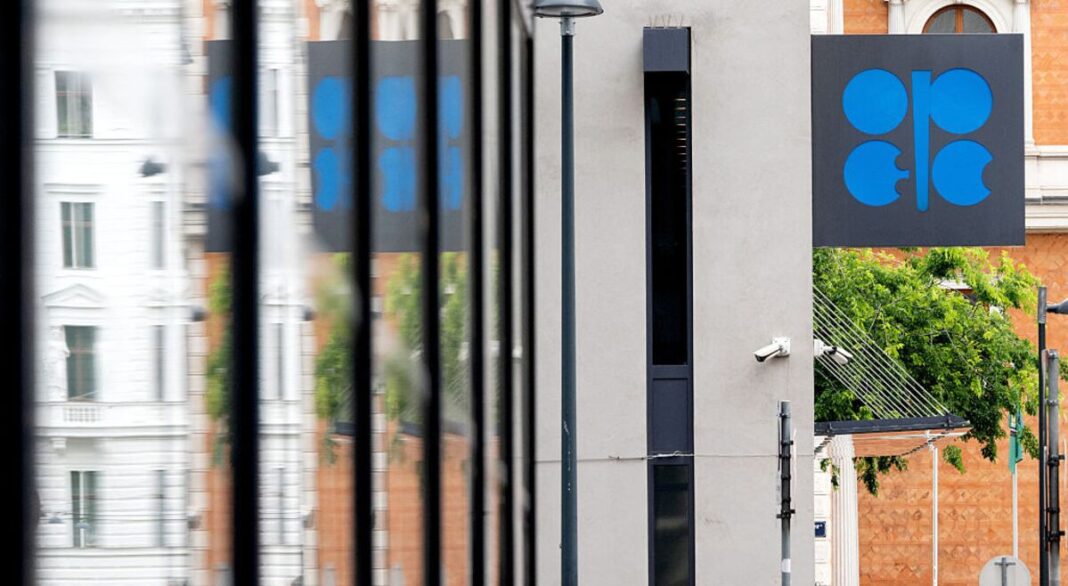OPEC+ and the December Output Hike: What to Expect
As the oil market braces for another strategic meeting, OPEC+ members are gearing up to discuss a small output hike for December. Scheduled for an online meeting later this Sunday, this anticipated decision comes amidst a backdrop of fluctuating oil prices and global economic considerations. Understanding the implications of this output increase is vital for those following the energy sector.
The Context of OPEC+ Meetings
OPEC+, comprising the Organization of the Petroleum Exporting Countries and allied non-OPEC producers, plays a significant role in regulating oil supply and stabilizing prices. These meetings provide a platform for member countries to align their production levels in response to changing global demand. With oil prices experiencing volatility, every small adjustment in output can have significant repercussions across markets.
The Significance of a Small Output Hike
This proposed modest output hike for December indicates OPEC+’s desire to balance supply with the recovering global demand for oil. After several months of maintaining relatively stable production levels, a slight increase could signal optimism about the economic recovery post-pandemic. Delegates indicate that this adjustment is designed to support market equilibrium while not overwhelming supply, allowing member states to manage their economies effectively.
Factors Influencing the Decision
Several key factors are influencing OPEC+’s decision to consider this output increase. Firstly, global oil demand has shown signs of recovery as economies reopen and travel resumes. However, uncertainties remain due to potential COVID-19 variants and geopolitical tensions that could disrupt this momentum. Additionally, competitive pressures from alternative energy sources, particularly in Europe where governments are pushing towards more sustainable options, weigh heavily on OPEC+ discussions.
Member Variability and Strategic Divergence
Within OPEC+, member countries have varied interests and economic situations. While some nations, such as Saudi Arabia and the UAE, lean towards gradually increasing production to capitalize on higher prices, others may be more cautious, fearing that oversupply could lead to price drops. This diversity makes consensus building critical at meetings, as each country must consider both its national interests and the collective health of the oil market.
The Implications for Oil Prices
Historically, OPEC+ decisions greatly influence oil prices. A carefully measured output increase could stabilize prices, allowing for both producers and consumers to plan effectively. However, should the increase be viewed as insufficient or misaligned with market needs, it could trigger fluctuations, potentially leading to price spikes or declines. Analysts are keeping a close eye on market reactions as news of the meeting and its outcomes unfolds.
Looking Ahead: Future Challenges
As OPEC+ plans for December, it’s crucial to note that the energy landscape is continually evolving. Climate commitments are prompting a shift towards more sustainable energy sources, which could impact oil demand long-term. The group is aware of these trends and will need to balance current production strategies with the reality of a transitioning energy market. Future meetings will likely grapple with these challenges as member countries navigate the implications of climate change alongside the need for economic stability.
Conclusion
The upcoming OPEC+ meeting is not just about numbers; it’s a strategic assessment of the global energy landscape. The decision to implement a small output hike in December reflects a nuanced understanding of market dynamics, member interests, and global economic recovery pathways. As we await the meeting’s outcome, the focus remains on how these decisions will shape oil markets for both the immediate and distant future.



